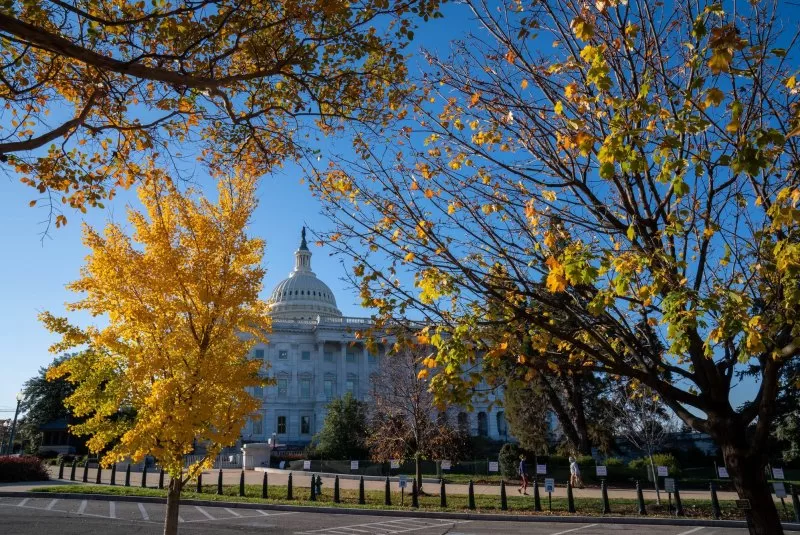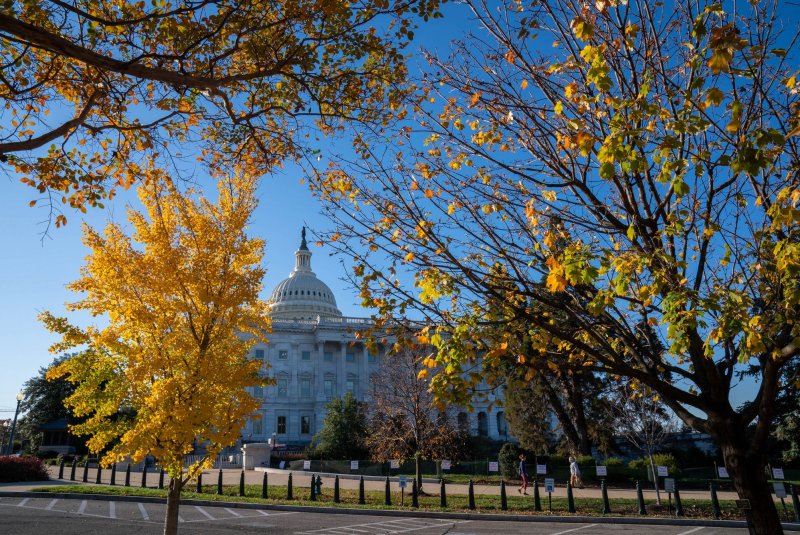Sept. 22 (UPI) — Sunday is the first day of fall in the Northern Hemisphere.
The northern half of the planet entered the autumnal equinox along with the official change in season at 8:43 a.m. Eastern Time., The National Weather Service said.


Sept. 22 (UPI) — Sunday is the first day of fall in the Northern Hemisphere. The northern half of the planet entered the autumnal equinox along with the official change in season at 8:43 a.m. Eastern Time., The National Weather Service said.
The sun’s light and warmth fall unequally on the northern and southern halves of the planet, so during different seasons, the Northern Hemisphere is tilted toward or away from the sun, meaning the temperatures and daylight wax and wane.
When it’s tilted toward the sun, that’s the summer solstice and six months later, when it’s tilted away, that’s the winter solstice.
On the equinox, which means “equal night,” the length of daylight and darkness are about the same … 12 hours, although that can vary.
“The definition of the equinox as being a time of equal day and night is a convenient oversimplification,” Space.com says on its website.
People who live close to the equator won’t notice much of a change since the light will vary little at that point on the planet and they typically have almost 12 hours of daylight and dark year round and temperatures remain pretty consistent, too.
Locations farther to the north and south see greater variances during the seasons in both daylight and temperatures.
Places such as Alaska and the northern reaches of Canada see the biggest swings in light and temperatures. Locations near the North Pole have daylight around the clock as the sun does not drop below the horizon for more than two months.
In the winter, it’s the other extreme. The sun does not rise for the same amount of time and temperatures reach extreme lows.
The same is true on opposite ends of the calendar for the far reaches of the Southern Hemisphere, where it now is spring.